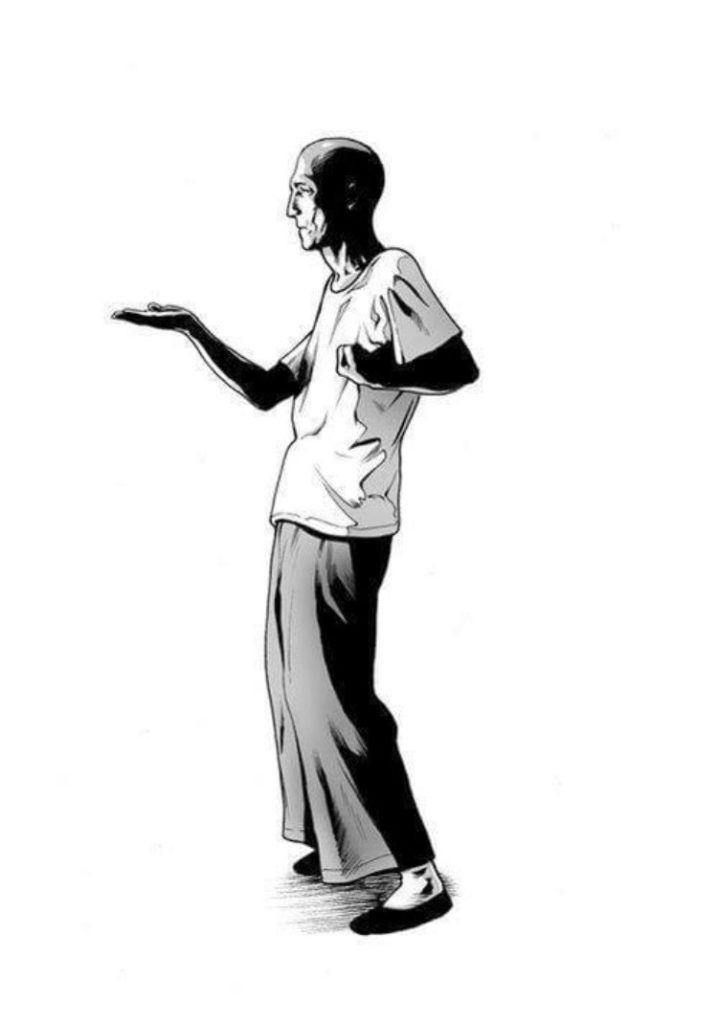Our Wing Chun for beginners courses are specifically aimed at complete beginners. Classes in Leeds and Bradford. Learn more here.
As a beginner in our school the main things you will learn initially are some fundamental basics such as:

- Proper use of stance – how to stand and take pressure through relaxation and proper connection
- Basic positions – such as tan sau, bong sau and fok sau
- Rolling arms – basics for chi sau (rolling arms with changes)
- Dan chi sau – single sticking hand drill – learning the interaction between attack and defence and how to relax, maintain contact and feel your partners reaction
- Lap sau technique – pulling hand drill teaches you elbow reaction and back hans retrieval as well as turning footwork
- Turns and stepping – how the rotation of your body can be used for evasion and power generation
Wing Chun For Beginners – Next Steps
Once you have learned the fundamentals in Wing Chun, you can progress into more complicated drills and into chi sau. Chi sau is the “heart” of the Wing Chun system and it’s used to help you understand some concepts:
- Position – not just your hand position but also your body position in relation to your opponent
- Energy – use of energy – switching off as well as switching on
- Reaction – your hand/arm sensitivity through the basic drills will give you an instantaneous reaction to attacks through your contact point
- Techniques – attacking and defensive techniques can be practiced against a “live” opponent in chi sau, helping you to understand the principles learned through form practice in a more real interactive scenario.
Chi sau, or sticking hands gives you a real time understanding of the main principles of Wing Chun such as:
- Luk sau jik kuen – lost hand strike forwards – upon loss of contact your attack naturally springs forwards toward your opponent
- To protect the centreline – both partners aim to strike down the centreline and land a hit. This encourages you to perfect your positions under duress.
- Simultaneous attack and defence – defending while attacking is done by keeping contact with the arms and trapping while attacking
- Economy of motion – finding the most economical way to end a fight quickly
- Straight lines offer the fastest route to attacks
- Minimum use of brute force, instead using relaxation to generate power and the easiest path rather than the less efficient one
- Double arm attack and defence – using two arms simultaneously

Drills, Forms and Chi Sau
In the beginners course there’s a focus on drills, forms and chi sau. Before you can be “safe” to practice chi sau, you must learn some basics and understand it. Otherwise chi sau can easily deteriorate into a scrappy mess, with both partners attempting to land hits and giving up their defence to do so. So before you can progress in chi sau, you must have the basics down well so you can attack, but not without also defending simultaneously.
So initially you’ll practice some drills to help you understand the core concepts. Once you have done this, you can progress to more complicated drills and of course experiment more with chi sau, exchanging ideas with your partners, and learning from experience.
The first form (Siu Lim Tao) helps you understand the basic positions and how to relax your body properly while performing correct techniques. Once you are partnered up, you will naturally tense up, especially as a beginner. So returning to the forms helps you “install” the necessary mindsets and relaxation to help you during the interactive exercises where you are put under greater psychological pressure.
To learn more and join a class, fill out the form on this page and reply to the email to book a slot.



